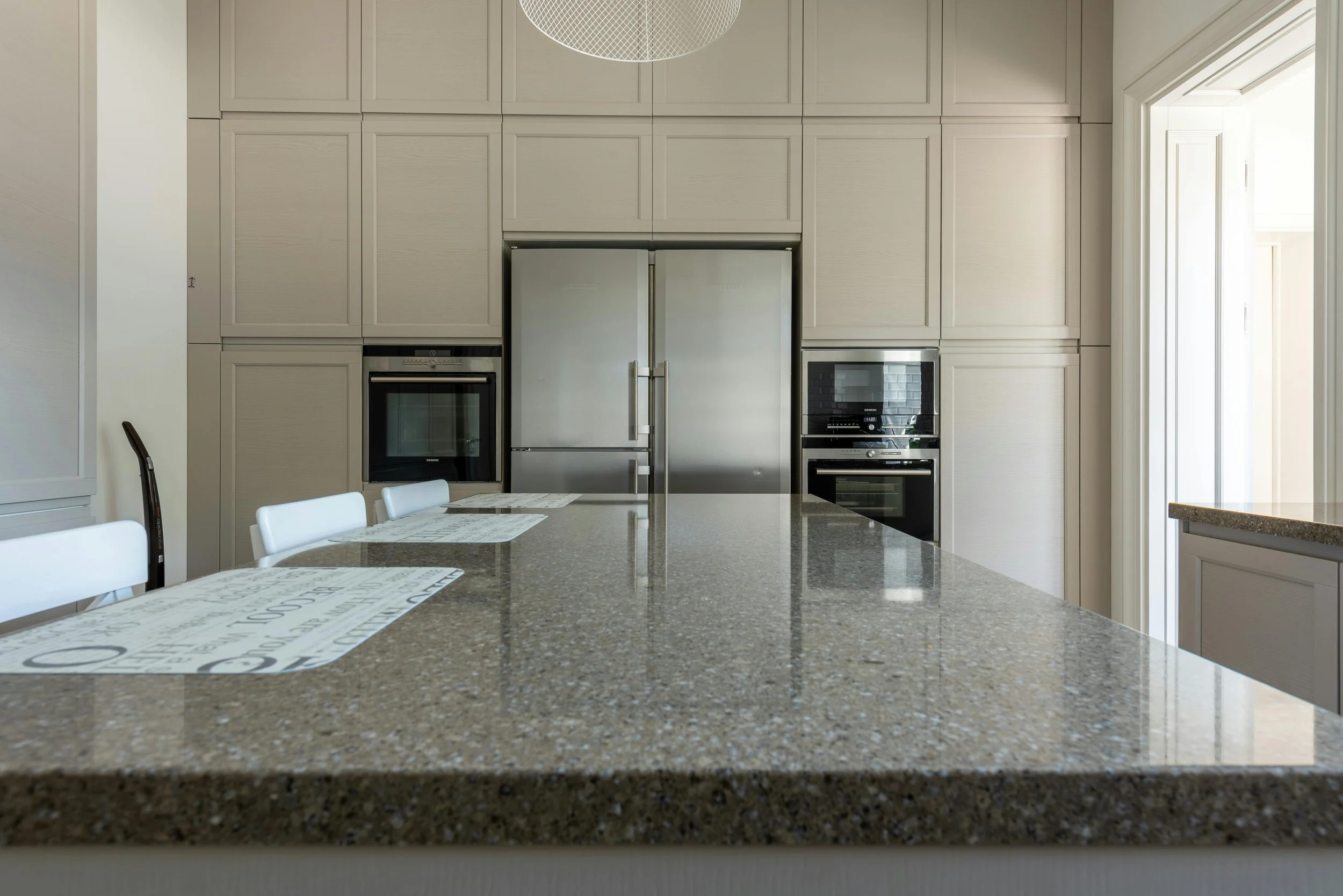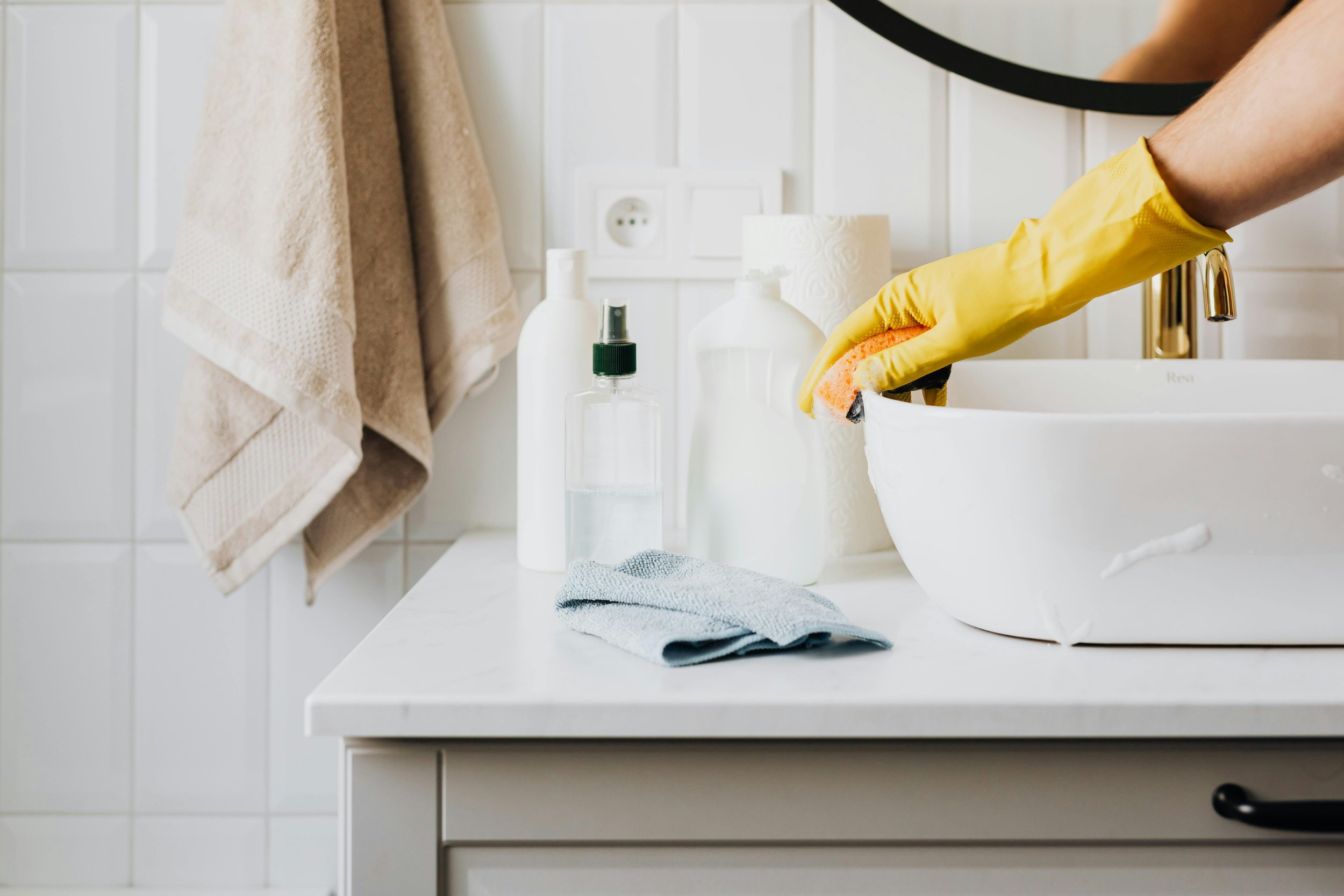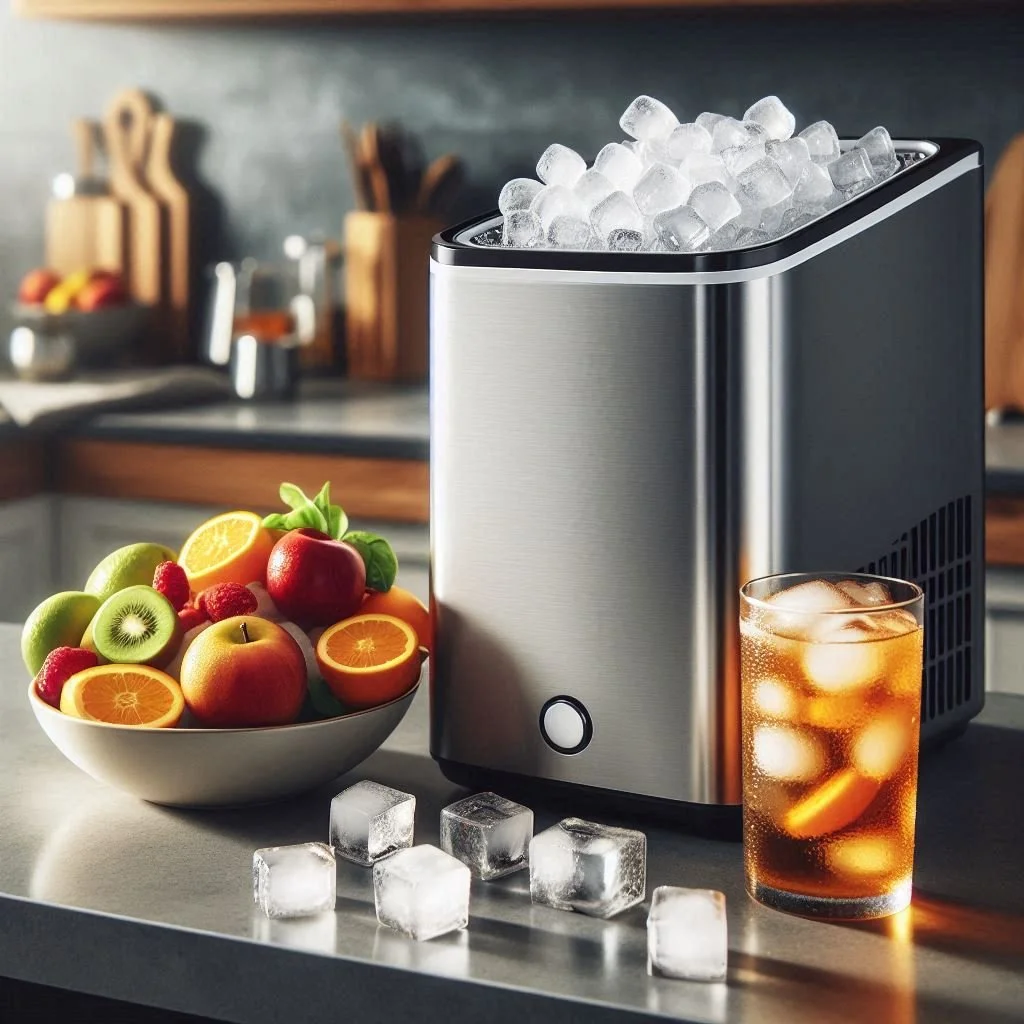How to Repair Granite Countertops: Step-by-Step Guide
Is your granite countertop showing signs of wear and tear? Learn how to repair granite countertops with our step-by-step guide, covering everything from chips to scratches. Keep your surfaces looking pristine!
Granite countertops have become a go-to choice for homeowners, thanks to their stunning beauty and incredible durability. However, even the toughest surfaces can succumb to the occasional chip or scratch. Maybe you accidentally dropped a pot or a wayward knife slipped during meal prep. Whatever the case may be, you don’t have to live with those unsightly marks! In this How to Repair Granite Countertops: Step-by-Step Guide, we’ll cover everything you need to know about fixing those imperfections and keeping your countertops looking brand new.
So grab your tools, roll up your sleeves, and let’s dive into the nitty-gritty of granite countertop repairs!
Understanding Granite Countertops
Before we jump into the repair process, let’s take a moment to understand what granite is and why it’s so popular.
What Is Granite?
Granite is a natural stone formed from cooled magma deep within the earth. It’s primarily composed of quartz, feldspar, and mica, giving it a unique and stunning appearance. Each slab of granite is one-of-a-kind, offering a variety of colors and patterns, making it a popular choice for kitchen and bathroom surfaces.
Why Choose Granite?
Durability: Granite is incredibly tough and can withstand heat, scratches, and stains when properly sealed.
Aesthetic Appeal: Its natural beauty adds elegance and value to your home.
Low Maintenance: With proper care, granite can last a lifetime.
However, like any material, granite isn’t invincible. Knowing how to repair it when accidents happen is essential.
Common Issues with Granite Countertops
Chips
Chips can occur when heavy objects are dropped onto the countertop. While they can be small, they’re noticeable and can affect the overall look of your kitchen or bathroom.
Scratches
Scratches often happen from using sharp objects directly on the surface without a cutting board. While minor scratches may not be visible from afar, they can detract from the countertop's polished look.
Stains
Stains from food, drinks, or oils can seep into the granite if it’s not properly sealed. While these can often be removed, some stains may require more intensive care.
Cracks
Cracks can be a more serious issue, often caused by thermal shock or improper installation. Depending on the severity, these may require professional repair.
Preparing for Repairs
Tools and Materials You’ll Need
Before diving into the repair process, gather the necessary tools and materials:
For Chip Repairs:
Epoxy or granite adhesive
Putty knife
Fine-grit sandpaper
Soft cloth
For Scratch Repairs:
Granite polish
Polishing pads
Water
For Stain Removal:
Baking soda
Water
Plastic wrap
For Crack Repairs:
Two-part epoxy
Clamps
Fine-grit sandpaper
Safety First
When working with adhesives and other materials, make sure to wear gloves and eye protection. Proper ventilation is also crucial, especially when using adhesives that release fumes.
How to Repair Granite Countertops: Step-by-Step Guide
1. Repairing Chips
Chips can be fixed with a few simple steps. Let’s take a look at the process:
Step 1: Clean the Area
Use a damp cloth to gently clean the chipped area, removing any dust or debris that could interfere with repairs. Allow the spot to dry thoroughly, ensuring a smooth surface for the patching process.
Step 2: Prepare the Epoxy
Follow the manufacturer’s instructions to mix the two-part epoxy. Stir thoroughly until you achieve a smooth, even consistency, as this will ensure the best adhesion and a seamless finish for your repair.
Step 3: Fill the Chip
With a putty knife, gently apply the epoxy to the chipped area, ensuring you slightly overfill the chip. This slight overfill compensates for any shrinkage that may occur as the epoxy dries, helping you achieve a smooth, flush repair.
Step 4: Smooth It Out
After filling the chip, use the putty knife to gently smooth the epoxy, leveling it with the surrounding granite surface. This will help create a seamless look. Let the epoxy cure fully according to the manufacturer’s instructions to ensure a durable finish.
Step 5: Sand the Area
Once the epoxy has fully cured, use fine-grit sandpaper to carefully sand the area. Work gently to avoid scratching the surrounding granite, sanding until the repaired spot is smooth and flush with the countertop surface for a seamless finish.
Step 6: Polish
After sanding, wipe the area with a soft cloth to remove any dust. If desired, apply a granite polish to the repaired spot, gently buffing it to match the surrounding shine. This final step will help restore the countertop’s original luster.
2. Fixing Scratches
Here’s how to tackle those pesky scratches:
Step 1: Clean the Surface
Begin by wiping the area with a damp cloth to remove any dust, debris, or residue. This ensures the surface is clean and free of particles, which is essential for a successful repair. Allow the area to dry completely before moving to the next step.
Step 2: Polish the Scratch
Apply a small amount of granite polish directly onto the scratch. Using a soft cloth or polishing pad, gently buff the polish into the scratch in circular motions. This technique helps blend the scratch with the surrounding area, restoring the granite's smooth finish.
Step 3: Assess the Scratch
Once you’ve finished polishing, inspect the area closely to see if the scratch is still noticeable. If it is, repeat the polishing process as needed, applying additional polish and buffing in circular motions until the scratch blends seamlessly with the granite surface.
Step 4: Final Touch
After completing the polishing, take a clean, damp cloth and gently wipe down the countertop to remove any remaining polish residue. This final wipe-down will leave your granite looking refreshed and restored, with a smooth, even surface.
3. Removing Stains
Stains can often be removed with a simple baking soda paste.
Step 1: Create a Paste
Combine three parts baking soda with one part water to create a thick paste. This mixture should have a smooth, spreadable consistency, ideal for cleaning purposes. Adjust the quantities slightly if needed to achieve the right texture.
Step 2: Apply the Paste
Apply the baking soda paste generously over the stain, making sure it fully covers the affected area. Use a spoon or spatula to spread it evenly, pressing gently to ensure good contact with the surface. Let it sit for effective stain removal.Spread the paste over the stained area, ensuring it's well-covered.
Step 3: Cover and Wait
Cover the baking soda paste with plastic wrap to retain moisture, which helps the paste penetrate and lift the stain. Press down lightly to seal the edges, and leave it in place for about 24 hours for optimal stain removal results.
Step 4: Rinse and Clean
After 24 hours, carefully peel away the plastic wrap and rinse the area thoroughly with water to remove any remaining paste. Then, gently wipe the surface with a soft cloth, restoring the clean, polished look of your countertop.
4. Repairing Cracks
Cracks require a bit more effort, but don’t worry; it’s manageable!
Step 1: Clean the Crack
Gently use a soft brush or cloth to clean out the crack, removing any dust, dirt, or debris that could interfere with the repair. Ensuring a clean surface will help the adhesive bond properly for a more durable fix.
Step 2: Prepare the Epoxy
Follow the package instructions to mix the two-part epoxy thoroughly. Combine equal parts from each tube or container, using a small mixing tool to ensure a smooth, even consistency. Proper mixing is essential for the epoxy to bond effectively and provide a strong repair.
Step 3: Fill the Crack
Use a putty knife to gently apply the epoxy into the crack, pressing it in to ensure it fills thoroughly. Overfill slightly to account for any shrinkage, then smooth out the surface so it’s level with the surrounding area for a seamless finish.
Step 4: Clamp If Necessary
For larger cracks, gently position clamps on either side of the repair to hold the edges securely together. This will help the epoxy bond effectively and prevent any separation as it cures. Be sure to follow the curing time recommended by the manufacturer.
Step 5: Sand and Polish
After the epoxy has fully cured, gently sand the area with fine-grit sandpaper to create a smooth, flush surface. Follow up by applying a granite polish with a soft cloth, buffing until the repaired area matches the surrounding countertop’s shine.
Conclusion
Repairing granite countertops is a task that many homeowners can tackle with the right tools and techniques. Whether you're dealing with chips, scratches, stains, or even cracks, knowing how to properly address these issues can help you maintain the beauty and longevity of your surfaces.
By following this How to Repair Granite Countertops: Step-by-Step Guide, you’ll not only save money but also gain the satisfaction of completing the job yourself. With a bit of patience and some elbow grease, you can keep your granite looking as stunning as the day it was installed.
Happy repairing!
Read next: Learn How to Cut Granite Countertop Easily
Frequently Asked Questions
1. How long does it take for epoxy to cure?
Curing time varies by product, but generally, it can take anywhere from a few hours to 24 hours. Always check the manufacturer's instructions.
2. Can I use regular adhesive for granite repairs?
No, it’s best to use a specific granite adhesive or epoxy designed for stone, as regular adhesives may not withstand moisture and temperature changes.
3. Will repaired areas look the same as the original granite?
While repairs can be quite seamless, they may not match perfectly. The goal is to make them as unobtrusive as possible.
4. Can I prevent chips and scratches?
Yes! Use cutting boards for food prep, avoid dropping heavy objects, and regularly seal your granite to maintain its integrity.
5. When should I consider calling a professional?
If you have extensive damage, such as large cracks or deep chips, it might be best to consult a professional stone restoration service.





